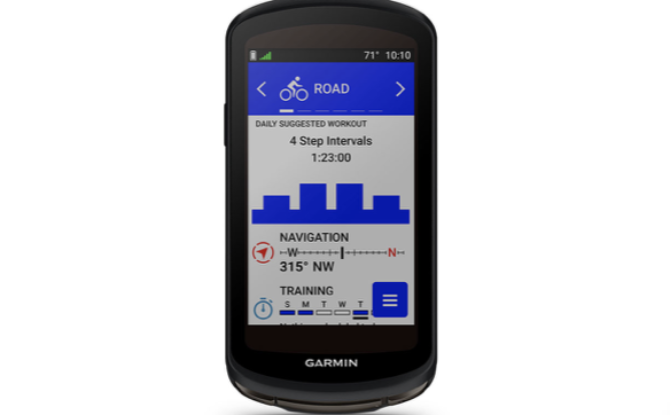From Wired.com
By Stephanie Pearson
Track your mileage, keep tabs on your heart rate, or map a ride from here to eternity with these handlebar-mounted biking companions.
THERE ARE TWO schools of thought when it comes to cycling computers: Love them or hate them.
Those in the latter category crave the freedom of riding without technological interference. I used to be one of those people. I was disdainful of taking along a computer that could talk to GPS satellites, display where I was on a map, and tell me my speed, distance, heart rate, cadence, and a whole host of other data I didn’t particularly care about or even knew existed. Then my partner started training for a 350-mile gravel race, which in turn inspired me to train for the companion 100-mile race. I quickly discovered on our training rides that it was pretty nice to be able to have a trustworthy device designed to attach to my handlebars so I can safely see it.
Sure, you could always just mount a smartphone on your handlebars, but a bike computer is purpose-built to handle bad weather, a crash, and full days in the sun: all situations where a smartphone might become unreliable or difficult to read. And on those extra-long days when I bailed and my partner was out riding solo in the dark and in hypothermic conditions, I realized it might be good to have a way to find him should he run into trouble, which happened during the race. He blew out the sidewall on a tire and was stranded by the side of the road at midnight. Since his GPS-enabled cycling computer allowed me to remotely track his ride via a companion app on my iPhone, I knew exactly where to pick him up before my own race started at 7 am.
GPS devices aren’t foolproof when it comes to safety, however. Last May, gravel cyclist Anna Moriah “Mo” Wilson was murdered by a bad actor who purportedly stalked her via her public settings on a popular training app. It is especially important for solo riders to carefully monitor their fitness apps’ privacy settings so their whereabouts remain protected from public view.
And as for carefree cyclists who prefer to enjoy the ride rather than obsess about stats, there’s a way to have it both ways: Most of these devices have screens that can be preprogrammed to turn off while riding. So I can still enlist safety features like precision mapping, ride tracking, and alarm alerts that will still go off if I get lost or have a crash. If I want to check where I am or how long I’ve ridden, I can push a button and the screen comes back to life. The dopamine rush of a hard-won Strava trophy, however, will have to wait until I get home.
Be sure to check out our other cycling-related guides, including ourbike accessories buying guide, which includes advice on finding the right helmet, lock, saddle, and other essentials. We also have buying guides for ebikes and electric cargo bikes.
Photo: Garmin

